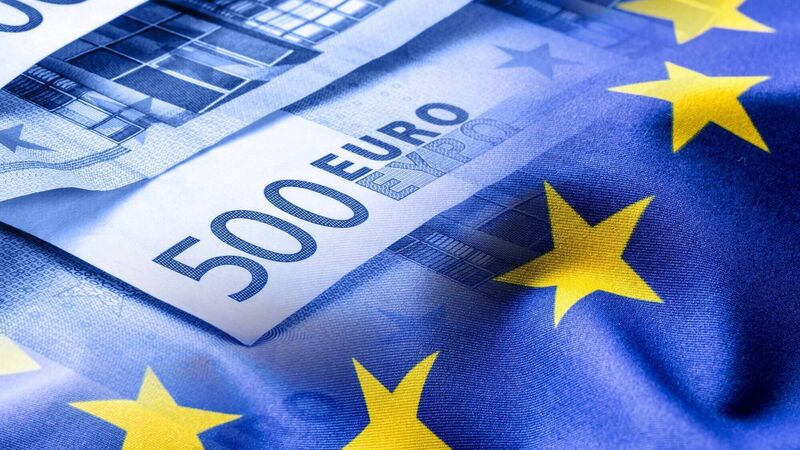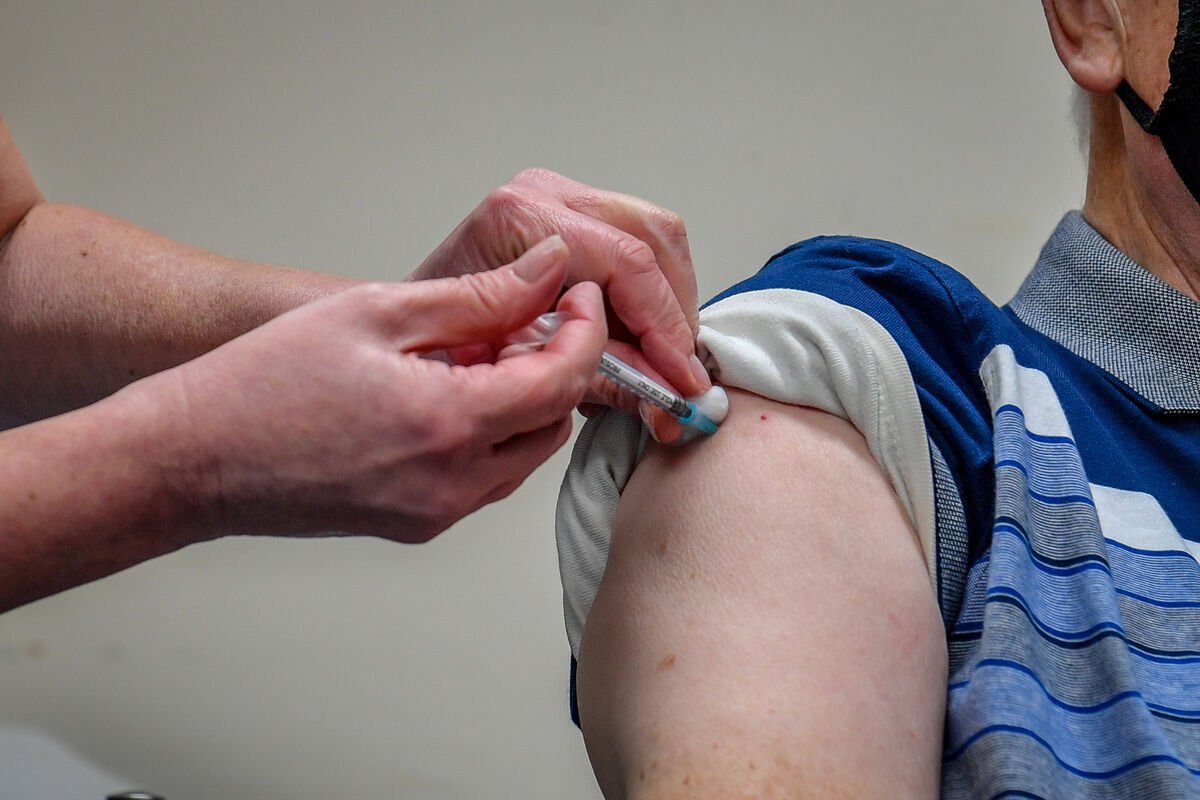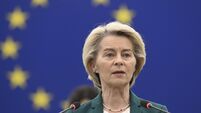Oliver Mangan: Currency markets not immune to vaccines

The euro, dollar and sterling could differ due to Brexit, the pace of eurozone vaccine rollouts and global economic growth.
There were two significant moves on currency markets last week, with the euro dropping back below 88p versus sterling and $1.20 against the dollar.
Strangely, the moves were probably more about the UK and US currencies than the euro.
There is growing optimism that the rapid roll-out of Covid vaccines in the UK will allow restrictions on activity there to be eased considerably in the months ahead, leading to a sharp rebound in activity.
Some 10 million people in the UK have already been vaccinated, or 15% of the population, which is well ahead of elsewhere.
The Bank of England sees British GDP growth picking up to 5% in 2021 and 7.25% in 2022, following the estimated 10% fall in output last year. Furthermore, it is unlikely to lower rates. Thus, markets are no longer pricing in a move to negative interest rates in the UK.
Sterling did not show much initial reaction to the EU-UK trade deal concluded at Christmas. However, it has started moving higher against most currencies over the past month. The euro-sterling rate fell below the 88p level in the aftermath of the Bank of England meeting, for the first time since last May.
However, there is strong support for a euro-sterling rate in the 86p-87p range, which could make it difficult for sterling to make large additional gains against the single currency.

Meanwhile, the dollar has performed strongly over the past month, having weakened significantly during the second half of last year. It has risen by some 2% against the other major currencies since early January.
Having dipped below $1.20 last week, the euro could lose some more ground in the near term, given the market is still short the US currency. There is considerable support for the single currency, though, so its downside may be limited from here.
The slow roll-out of Covid vaccines in the eurozone is proving a headwind for the single currency, given it is seen as holding back economic recovery.
The IMF sees the recovery in the global economy picking up momentum during 2021 and in 2022 as vaccines become more widely available. This should boost risk appetite in financial markets and lessen the appeal of safe-haven currencies like the dollar.
Thus, while recent dollar strength may be sustained in the near-term, the currency could come under downward pressure again if a sustained, robust global economic recovery takes root later in the year.
For sterling, there are also medium-term risks as the downside consequences of Brexit become more apparent for the economy.










